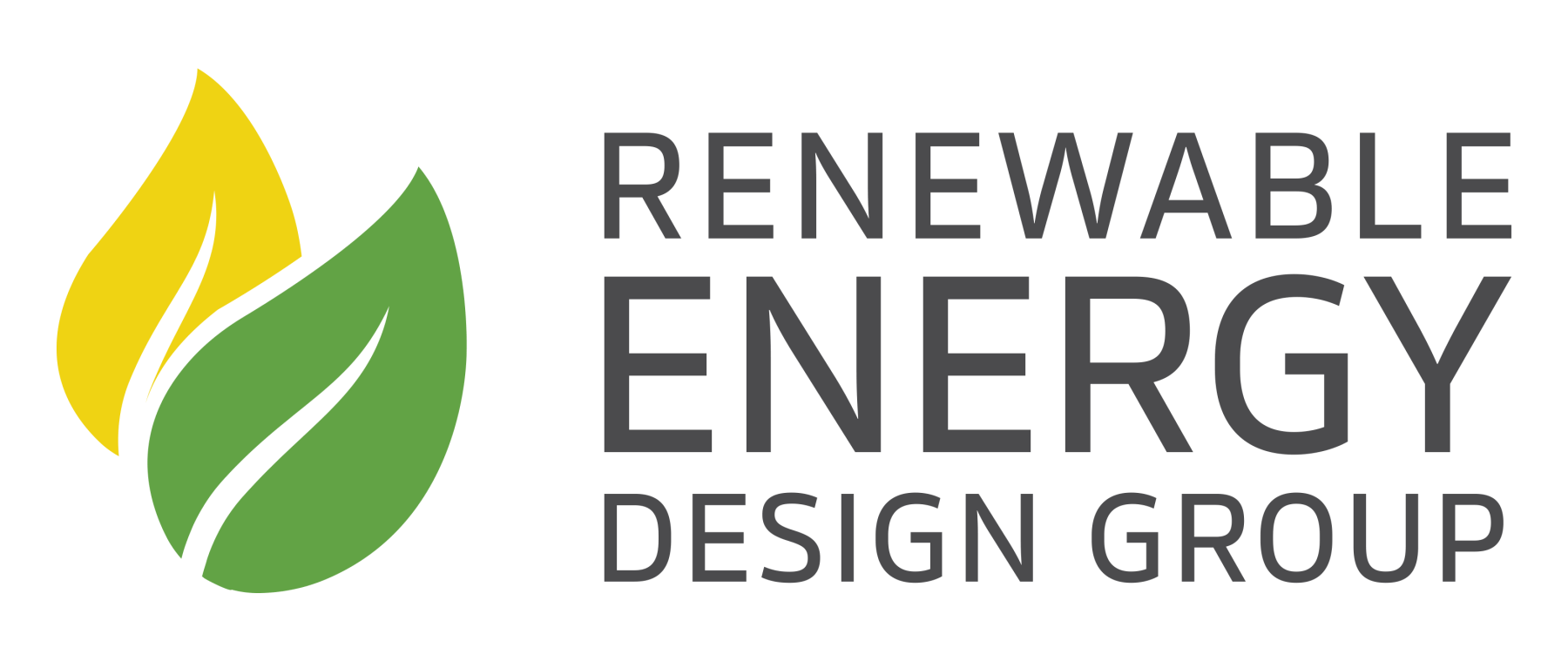So you’ve decided to go solar! How do you evaluate your proposal? Before investing in solar energy, it is vital to have confidence in your installer.
Gain knowledge through asking the right questions of the right people. Here are tips on the best way to read and understand your solar proposal:
Gross Solar System Price Before Incentives
When it comes to your solar system, the price should reflect the total cost for turnkey service, including design, permitting, installation, materials, warranties, inspections, and interconnection fees. Incentives like the Duke rebate program and federal renewable energy tax credit are not guaranteed and should be listed after the solar array’s gross cost.
While larger or smaller arrays can be adjusted to fit a particular budget, the focus should be on energy consumption that is offset to maximize the return on investment in clean, renewable energy.
Solar Array Size
Solar panel arrays are usually measured in kilowatts (kW) in direct current (DC). The DC nameplate rating is determined by the number of panels times their wattage. For example, four 250-watt panels would be 1,000 watts or 1 kW. The system’s size determines the system’s electrical output, which is measured in kilowatt-hours (kWh) that it will produce over time.
Your goals, electrical use, available space, and how your utility compensates you for excess energy produced determine the right system size.
Cost in Dollars Per Watt
A quick and straightforward way to evaluate how much you’re paying for your solar energy production capacity is by calculating the cost per watt. You do this by taking the price you will pay before any incentives and dividing it by the total array size in watts. For example, a 10kW solar array with a gross cost of $28,000 would have a $2.80 cost per watt.
Solar as an Investment
Proposals typically present how to evaluate the investment in terms of:
Payback Period (measured in years): how long it takes for the benefit of the investment to cover the cost
Estimated Savings Over Time (measured in dollars): the amount of money you won’t spend on electricity because of your solar system over the course of the lifetime of the system
Return on Investment [ROI] (measured in percentage points): the benefit of the investment divided by the cost results in a percentage that can be used to compare it with other investments.
While it is tempting to focus on the payback period, what matters more is that this purchase is actually an investment that pays you back over the 25-year warranty period and keeps on producing savings thereafter. ROI is a better tool to assess the value of your solar investment.
Electricity Costs and Escalation Assumptions
Ensure the utility price per kWh reflects what you pay your utility for electricity. You can verify this by dividing the overall kWh from an electric bill by the total price of the electricity less any fixed charges. Also, ensure the proposal reflects the price your particular utility would pay you for any excess electricity generated by your interconnected solar array.
Beware of overstated escalation rates because they could overstate the benefit of your investment (by inflating your anticipated savings). According to the US Energy Information Administration, the national average escalation rate over the last 20 years is ~2.3%. As NC average electricity costs are >15% below the national average, we use a utility escalation rate of around 3%. An escalation rate greater than 4% warrants a conversation with the prospective installer.
Production and Consumption
Your proposal will estimate your future annual energy usage and the proposed solar system’s yearly production. Your annual consumption should be informed by past use and any anticipated changes such as adding a solar car charger, upgrading to an energy-efficient HVAC system, or expanding your home or business. The solar system’s production should factor in any shading, and for roof-mounted systems, the orientation and pitch at which the panels will be installed.
Trust
Solar is a major investment and choosing an installer takes careful consideration. Trustworthy contractors should be licensed and insured. In the solar industry, look for industry credentials like NABCEP certifications. Be mindful of how long a company has been in business and, when possible, go local. Check out what their customers say about their work. You can learn more about our experience here and check out our reviews here.
Please don’t hesitate to reach out with any questions as you evaluate solar proposals. Our RED Group team is here to support you in every step of your solar adventure!
